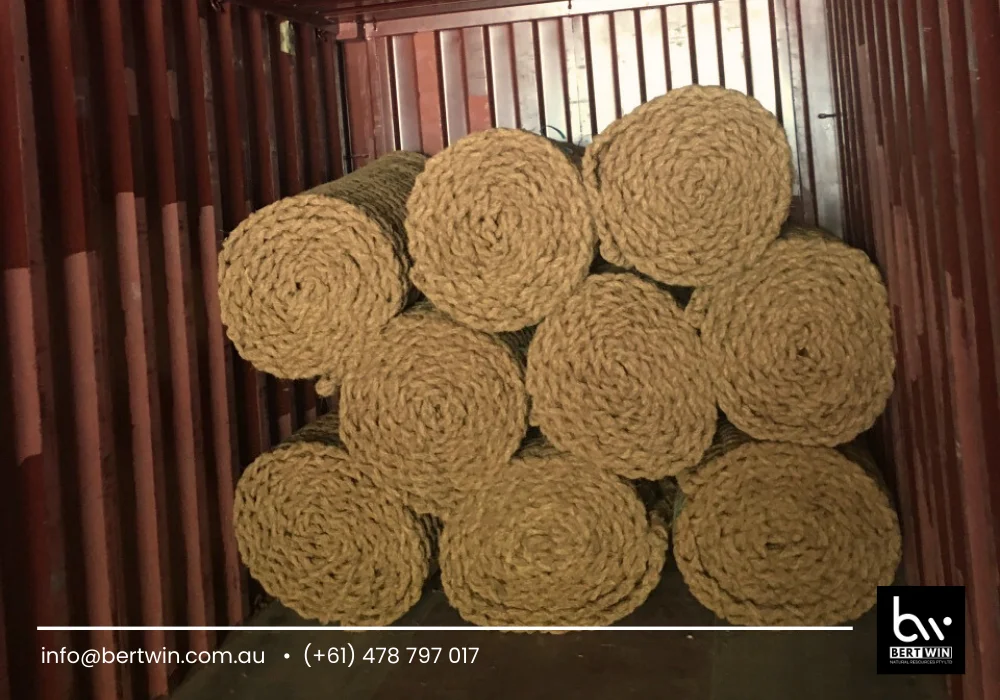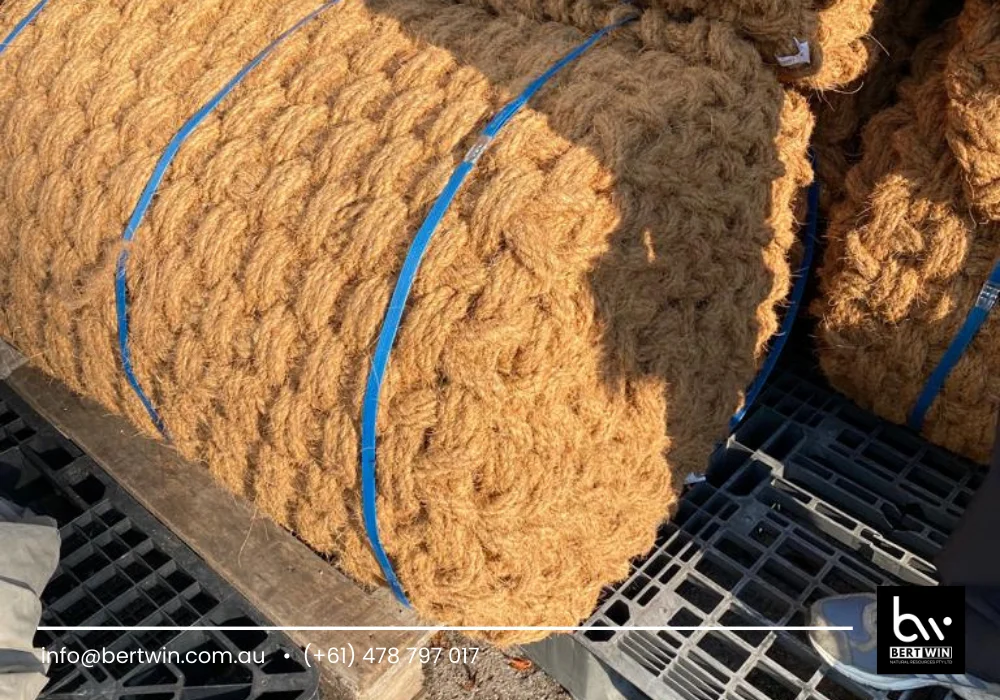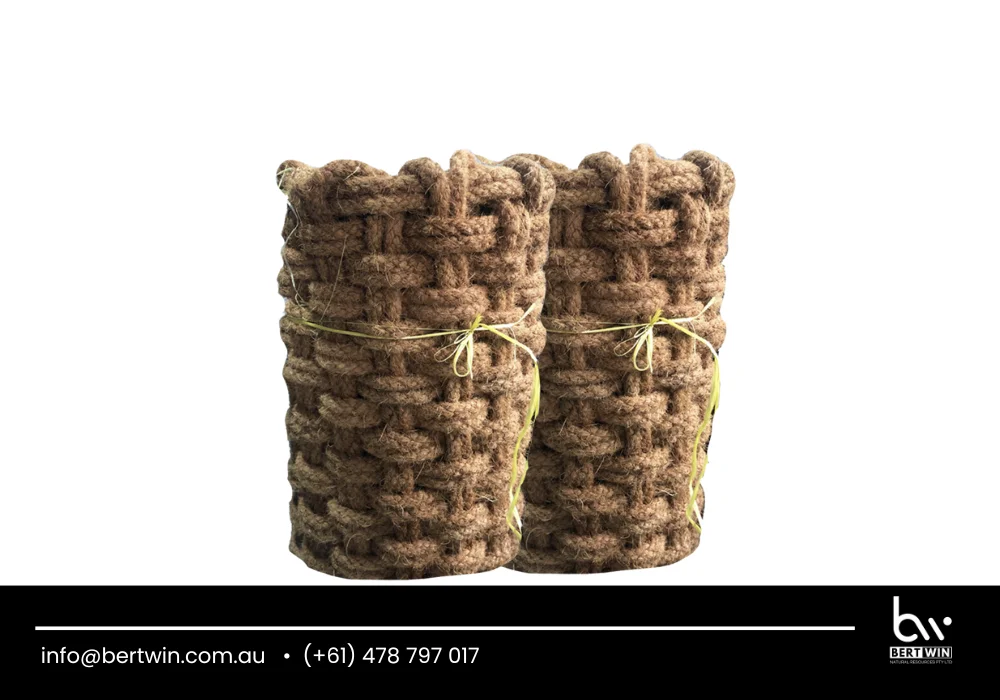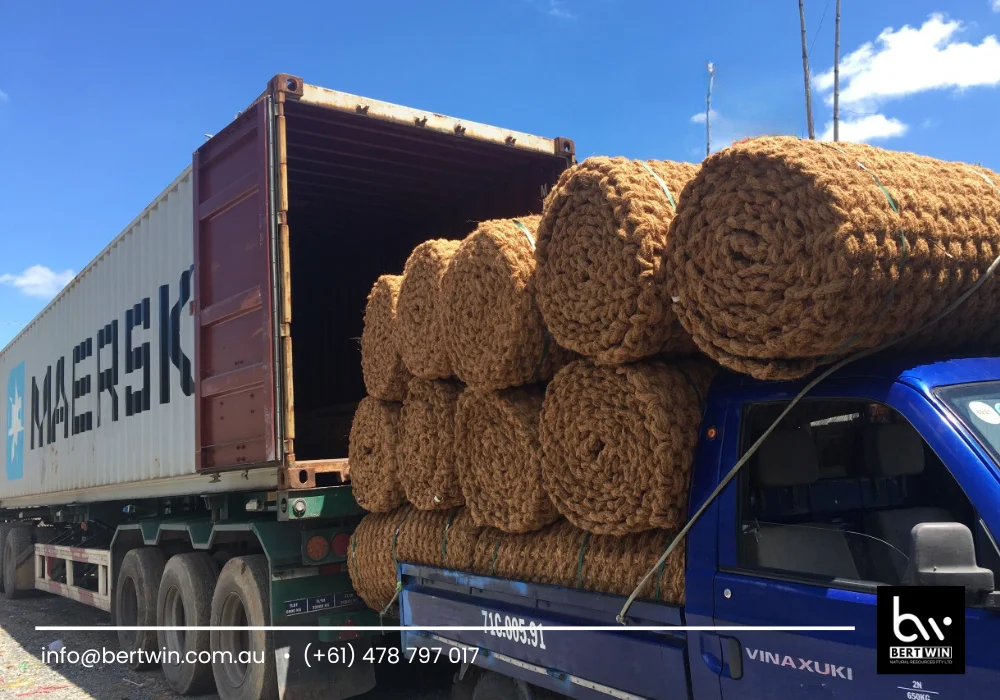
Finding the best coir mat for plants, including coco mats, coconut fiber mats, or coconut husk fiber mats, can be challenging. Some mats fail to offer the right support, while others excel in promoting healthy growth. The best coir mat for plants, made from durable coconut husk fibers, provides excellent moisture retention, making it a top choice for gardeners. These mats prevent soil erosion and keep roots stable, ensuring plants thrive. With various options available, it’s essential to choose the best coir mat for plants wisely. This post will guide you through selecting the perfect coir mat that suits your plants’ needs and enhances your gardening experience.
Understanding Coir Mats
What is Coconut Coir
Coconut coir, derived from the fibrous husk of coconuts, is processed into mats suitable for gardening purposes. The best coir mat for plants retains moisture well, ensuring adequate hydration. Its natural, durable fibers make it ideal for plant care.
Benefits for Plant Care
Using the best coir mat for plants can improve soil aeration, promoting healthy root growth and reducing the need for frequent watering. Coir mats are biodegradable, making them a sustainable choice for gardeners seeking healthier plants and better yields.
Environmental Impact
The environmental impact of coconut coir is generally positive. Coir is a renewable resource, as coconuts are harvested regularly. Its production creates minimal waste compared to synthetic alternatives. Moreover, using coir reduces reliance on peat moss, which harms ecosystems when harvested.
Common Uses in Gardening
Coir mats have various common uses in gardening. They provide a base for potted plants, ensuring proper drainage. Gardeners use them as weed barriers in flower beds and vegetable patches. Coir can also be used in hanging baskets or as mulch around plants to retain moisture.

Evaluating Coir Mat Quality
Durability Factors
Quality coir mats are known for their durability. They can withstand various weather conditions. Natural coir fibres are strong, making them resistant to wear and tear. A good-quality mat should last several years with proper care. Look for mats that have tightly woven strands. This indicates better strength and longevity.
Thickness and Types
The thickness of a quality coir mat can vary. Thicker mats generally provide more cushioning and support for plants. They also retain moisture better, benefiting plant health. There are different types of coir mats available, such as flat mats and rolled varieties. Each type serves specific purposes, like erosion control or as a growing medium.
Coir Mats vs Alternatives
Coir mats offer advantages over alternatives like synthetic mats. They are biodegradable and environmentally friendly. Unlike plastic options, coir decomposes naturally, enriching the soil over time. Coir mats promote healthy root growth due to their breathable nature. In contrast, synthetic mats may trap moisture and lead to root rot.
Maintaining Coir Mats
Cleaning Techniques
Cleaning coir mats is essential for their longevity. Regularly shake or vacuum the mats to remove dust and debris. For deeper cleaning, use a mild soap solution with water. Scrub gently with a brush, focusing on stained areas. Rinse thoroughly and allow the mats to dry completely in sunlight. This helps eliminate any lingering moisture that could lead to mould.
Refreshing Methods
Refreshing new coir mats can enhance their appearance and functionality. You can sprinkle baking soda over the surface to neutralise odours. After letting it sit for a few hours, vacuum it up. For premium handbound coir mats, consider applying a natural oil treatment. This method nourishes the fibres and maintains their flexibility. Regular maintenance keeps woven coir mats looking fresh.
Signs for Replacement
Over time, all coir mats will show signs of wear. Look for fraying edges or thinning areas as indicators that it’s time for replacement. If the mat no longer retains its shape or absorbs moisture effectively, consider getting a new one. Durable coir mats should last several months with proper care, but recognising these signs early ensures your plants remain healthy.

Choosing the Right Coir Mat
Consider Plant Needs
Selecting coir mats depends on the type of plants you have. Different plants have varying moisture and drainage needs. For instance, succulents prefer a woven coir mat that allows excess water to drain away. In contrast, tropical plants may thrive better with a plain coir mat that retains some moisture. Understanding your plants’ specific requirements ensures their health and growth.
Suitable Gardening Environments
Gardening environments also play a significant role in choosing suitable coir mats. Indoor plants benefit from free coir fibre mats, which provide good aeration. Outdoor gardens may require a practical coco mat that can withstand weather changes. Coir mats are biodegradable and can improve soil structure over time. This makes them ideal for both indoor and outdoor gardening.
Thickness Recommendations
Thickness is another essential factor when selecting coir mats. Thicker mats offer better insulation for roots and retain moisture longer. A thickness of 1-2 cm is generally recommended for most plants. However, delicate seedlings might do better with thinner mats to avoid suffocation. Always consider the growing stage of your plants when choosing the right thickness.
Observações Finais
Choosing the best coir mat for your plants is crucial for their health and growth. Understanding the quality and maintenance of these mats ensures you make an informed decision. A good coir mat provides excellent drainage and aeration, promoting root development. By selecting the right mat, you set your plants up for success.
Don’t underestimate the impact of a quality coir mat. It can make all the difference in nurturing your green space. Explore your options and invest wisely in your plant care. Your plants will thank you for it! Dive into this journey and elevate your gardening game today.

Frequently Asked Questions
What are coir mats made from?
The best coir mat for plants is crafted from the fibrous husk of coconuts, providing a natural and durable base for plant care.
Why should I use a coir mat for my plants?
Using the best coir mat for plants helps retain moisture while allowing excess water to drain. This promotes healthy roots and prevents soil erosion.
How do I evaluate the quality of the best coir mat for plants?
Look for mats that are thick and tightly woven. High-quality coir mats should be free from synthetic additives and have a uniform texture.
How often should I replace my coir mat?
Typically, coir mats last 1-2 years with proper care. Replace them when they start to break down or lose their structure.
Can I use coir mats indoors?
Yes, coir mats can be used indoors. They help regulate moisture levels and provide a natural aesthetic to your indoor plants.
Are coir mats eco-friendly?
Absolutely! Coir mats are made from renewable resources and are fully biodegradable, making them an environmentally friendly choice for gardening.
How do I maintain my coir mat?
To maintain your coir mat, rinse it regularly to remove debris and allow it to dry completely between uses. This prevents mould growth and extends its lifespan.
In conclusion, if you are eager to delve deeper into the details of coir products, feel free to explore our website at www.bertwin.com.au. Additionally, for direct and instant connection with our team, you can reach us through the following WhatsApp link here. We look forward to providing you with the information and assistance you need.
